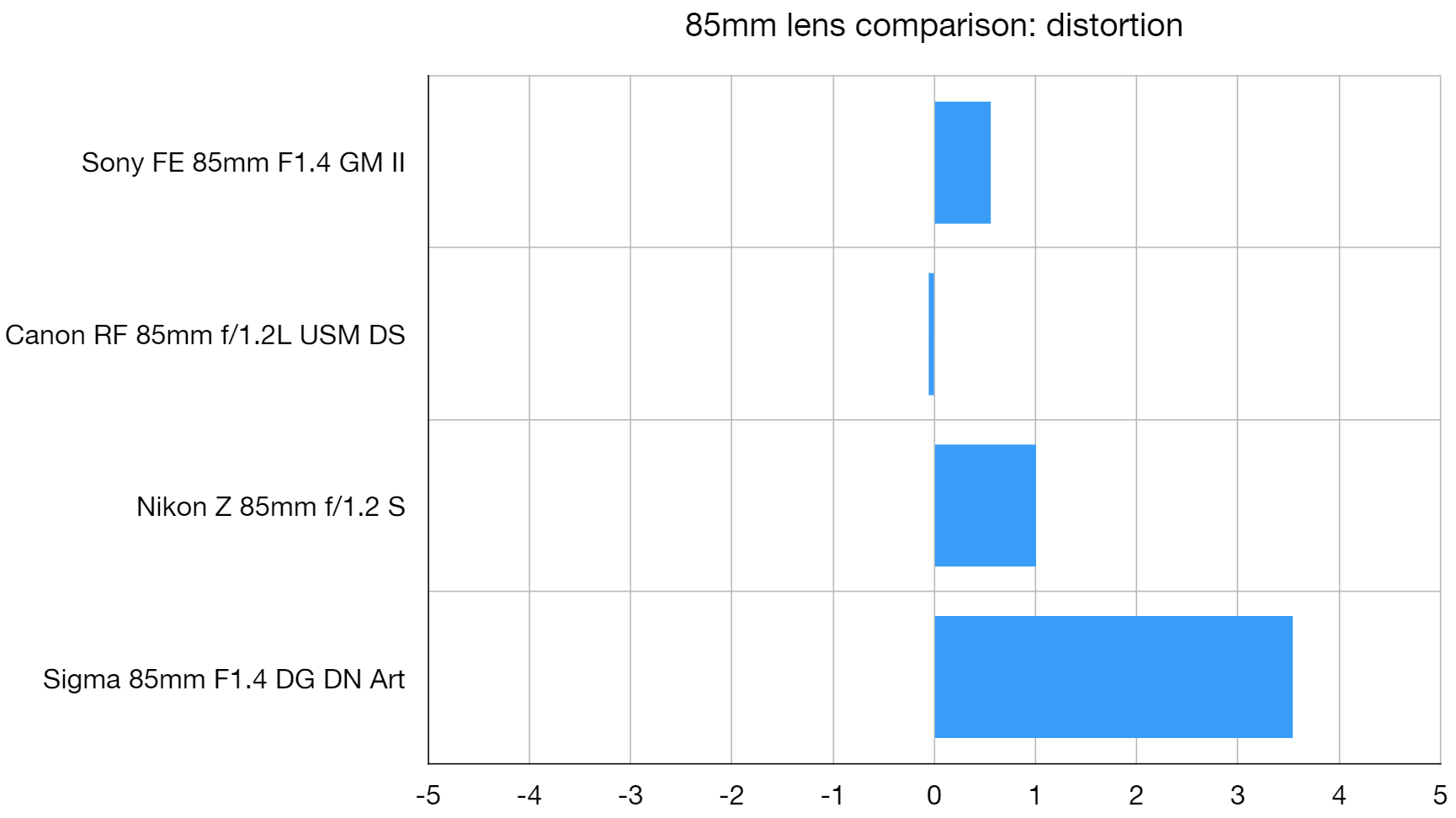We reveal who makes the very best 85mm lens you can buy right now
There's no shortage of excellent 85mm full-frame lenses, but we reckon one is particularly special

In late August Sony released its second-generation 85mm f/1.4 G-Master lens: the FE 85mm F1.4 GM II. Coming a whole eight years after the release of the original 85mm f/1.4 GM, we were expecting a lot from the new lens, and we weren't disappointed. Compared to the original, the new lens proved sharper throughout its aperture range, while delivering better bokeh quality and faster autofocus. We also appreciated the inclusion of extra handling features, as well as the slightly reduced overall weight.
Sony FE 85mm F1.4 GM II full review
But while the Sony FE 85mm F1.4 GM II is undoubtedly a great portrait prime (and it should be, for the price you'll have to pay for one), how does it compare to the competition? After all, Canon, Nikon and Sigma each offer fast, high-quality 85mm primes, while the Sigma 85mm F1.4 DG DN Art does so at a much lower price point. Here we'll compare the Sony FE 85mm F1.4 GM II to the aforementioned Sony-fit Sigma 85mm, as well as the Canon RF 85mm f/1.2L USM DS and Nikon Z 85mm f/1.2 S (these are the closest rival lenses to the Sony, as neither Canon nor Nikon produces f/1.4 mirrorless 85mm lenses).
When judged on our lens lab test metrics: image sharpness, severity of chromatic aberration, and lens distortion, which manufacturer produces the best 85mm fast prime? Let's find out...
Image sharpness
In terms of outright sharpness in the center of the image frame, the Nikon reigns supreme, though the new Sony G-Master lens isn't far behind. The Canon and Sigma lenses both deliver respectable center sharpness, but they're noticeably softer than the Nikon, and to some extent, the Sony. Though the Canon and Sigma can't match the outright sharpness of the other lenses, they are do at least provide very consistent sharpness at all apertures.
However, the Nikon Z 85mm f/1.2 S has clearly been optimized for maximum center sharpness, and this comes at the expense of corner sharpness. It's far softer in the corners than the Sony and Canon lenses, especially at larger apertures (though it could easily be argued that a lack of corner sharpness isn't a deal-breaker for a lens that'll likely be used for portraiture, where the corners of an image will almost always be out of focus anyway).
The Sony FE 85mm F1.4 GM II comes out on top for corner sharpness, albeit by a narrow margin. It's worth noting that we tested the Sigma lens using a relatively old 24.3MP Sony a7 (mark 1), whereas the Nikon and Sony lenses were tested with a 45.7MP Z7 II and a 42.4MP a7R III, respectively. While a higher-resolution body may extract more sharpness out of the Sigma lens, we tested the Canon 85mm f/1.2 using an original EOS R body, and its 30.3MP sensor didn't stop the Canon lens massively outperforming the Nikon 85mm in terms of corner sharpness, despite the Nikon being tested on a 45.7MP body.
The best camera deals, reviews, product advice, and unmissable photography news, direct to your inbox!
Chromatic aberration
As for chromatic aberration (purple fringing visible on sharp boundaries between very dark and very light elements of an image), all four lenses score well, keeping fringing below a level that'd be easily noticeable to the naked eye. The Sigma lens is the best performer here, and is so at all apertures, but the Canon and Sony lenses aren't far behind. The Nikon is statistically worst, but the results are close enough to the competition for any difference to go unnoticed in real-world shooting.
Distortion
We'd expect 85mm lenses to be relatively neutral when it comes to distortion, and this is the case for the Sony, Canon and Nikon lenses. Only the Sigma lens generates noticeable distortion, in this case of the pincushion variety.
Verdict
Of course, there are far more factors in determining a great lens than just the image quality metrics we lab test. Other image quality attributes like contrast and bokeh should be considered, as should autofocus and stabilization performance, along with overall build quality. But even with all these factors in mind, as well as its excellent performance across all of our lab tests, the Sony lens is still hard to beat.
The Canon and Nikon f/1.2 lenses are better in some areas and worse in others, but crucially they're also far more expensive to buy. Even if you ignore their extra cost, apart from being marginally faster, neither is convincingly better than the Sony lens.
The Sigma 85mm F1.4 DG DN Art is significantly cheaper than the Sony, and this does justify it performing less well in our lab tests. For many it'll be the smart, value-focussed buy. But if you can splash the extra cash, you'll be rewarded with superior image quality from the Sony lens, as well as cutting-edge features and technology. It all comes together to make the Sony FE 85mm F1.4 GM II the best full-frame 85mm lens on the market right now.
Ben is the Imaging Labs manager, responsible for all the testing on Digital Camera World and across the entire photography portfolio at Future. Whether he's in the lab testing the sharpness of new lenses, the resolution of the latest image sensors, the zoom range of monster bridge cameras or even the latest camera phones, Ben is our go-to guy for technical insight. He's also the team's man-at-arms when it comes to camera bags, filters, memory cards, and all manner of camera accessories – his lab is a bit like the Batcave of photography! With years of experience trialling and testing kit, he's a human encyclopedia of benchmarks when it comes to recommending the best buys.






